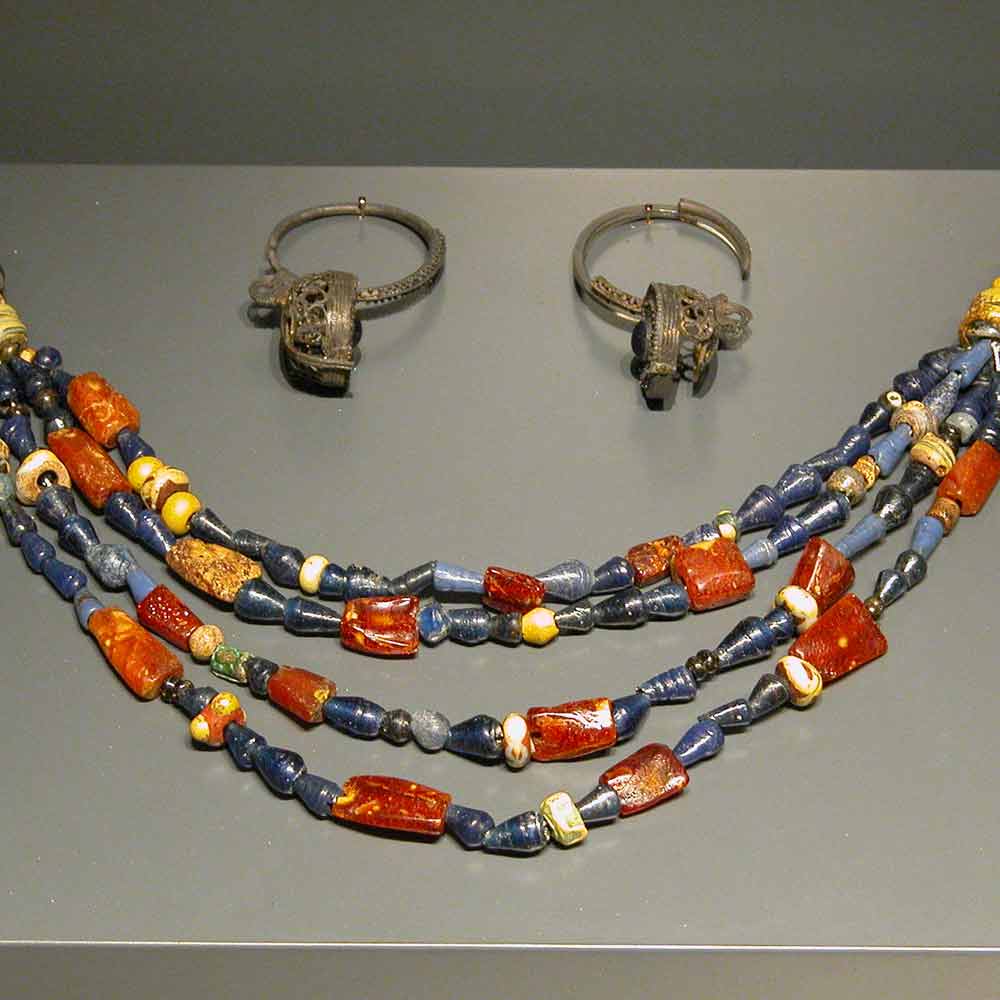Research projects
The South Tyrol Museum of Archaeology coordinates research on the Iceman. In collaboration with other institutions the Museum oversees archaeology projects on the Iceman and the prehistory and early history of South Tyrol.
Ongoing research projects:
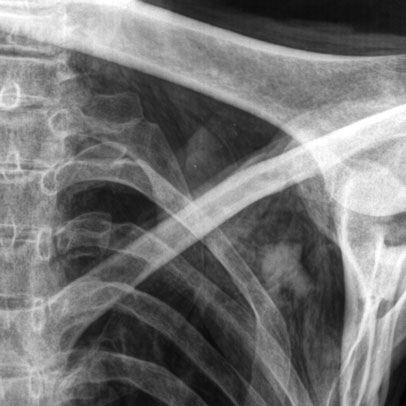
Synopsis and retrospective evaluation of all radiological investigations of the Neolithic Iceman from 1991 to 2019
All radiological investigations, including X-rays and computed tomography (CT) scans, that have been performed on the Iceman in the years since his discovery in 1991 are being digitally prepared and transferred to a collective archive. A subsequent comparison of the images is allowing the South Tyrol Museum of Archaeology to scientifically document the current state of the mummy. Since no other mummy in the world has been radiologically examined at such regular intervals, the long-term documentation of Ötzi’s radiological images is also providing important comparative parameters for the conservation status of mummies in general.Project partners: Oliver Peschel (head of the Iceman preservation team, Institute of forensic medicine University of Munich), Patrizia Pernter (Radiology Regional Hospital Bolzano), Frank Rühli (Institute for Evolutionaly Medicine University Zurich)
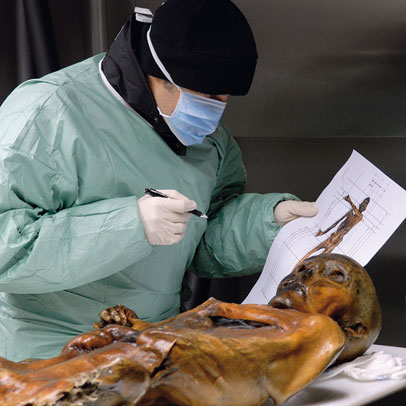
Iceman Conservation Project 2.0
Study regarding the conservation status of the mummy and evaluation of potential concepts for future conservation conditions of the Iceman and his associated finds. The most recent scientific findings and technologies will be taken into consideration.Project partner: EURAC-Institute for Mummy Studies
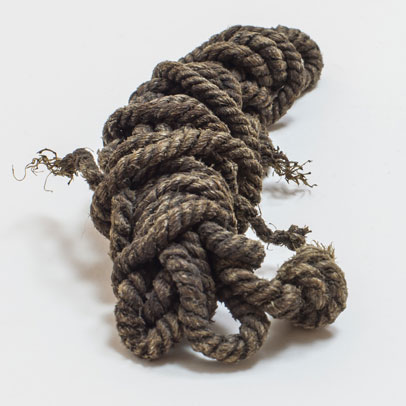
Study of the Iceman’s twisted cord
Problem: detailed investigation of the cord bundle from Ötzi’s quiver. Identification of the fiber type (plant- or animal-based), and test to determine if this cord could have been suitable as a bowstring.Project partners: Albert Hafner / Werner Schoch / Jürgen Junkmanns as part of the Swiss research project “Unfreezing history. A study to find historical, technological and conservational possibilities for the earliest example of a Neolithic bow case ever to be found.” (Swiss National Science Foundation (SNSF).
Result of the analysis: The cord in Ötzi’s quiver is indeed a bowstring and it fits his bow perfectly!
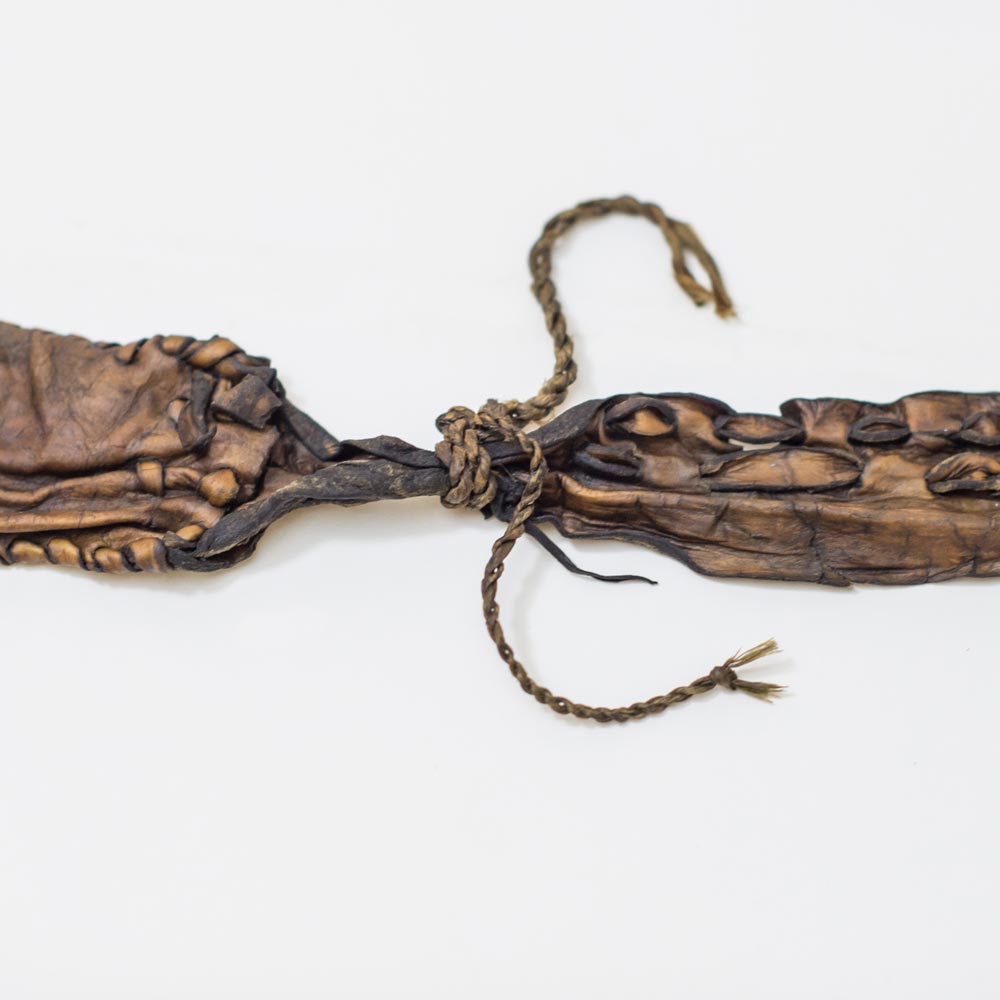
Flint tools and the contents of the belt pouch
The contents of the Iceman’s belt pouch and his flint tools underwent a new micro-scopic examination with the aim of determining the source of the raw material more precisely and analysing the signs of manufacture and use. The inventory concerned is special in that it is a closed complex, which, however, was not necessarily used or fashioned by one and the same individual.The project has been carried out in cooperation with the archaeologists Ursula Wierer, Simona Arrighi, Stefano Bertola and Jacques Pelegrin.
Result of the investigation: the origin of Ötzi’s chert (flint) tools could be determined more precisely. According to this study, the raw material for his flint tools comes from the region between today’s Veneto and the border with Lombardy. Ötzi does not seem to have been able to obtain new supplies for some time, as all his tools had been resharpened almost beyond their useful life. No doubt this circumstance was causing him a great deal of stress in the last few months and days of his life.
Read here the publication of June, 2018.
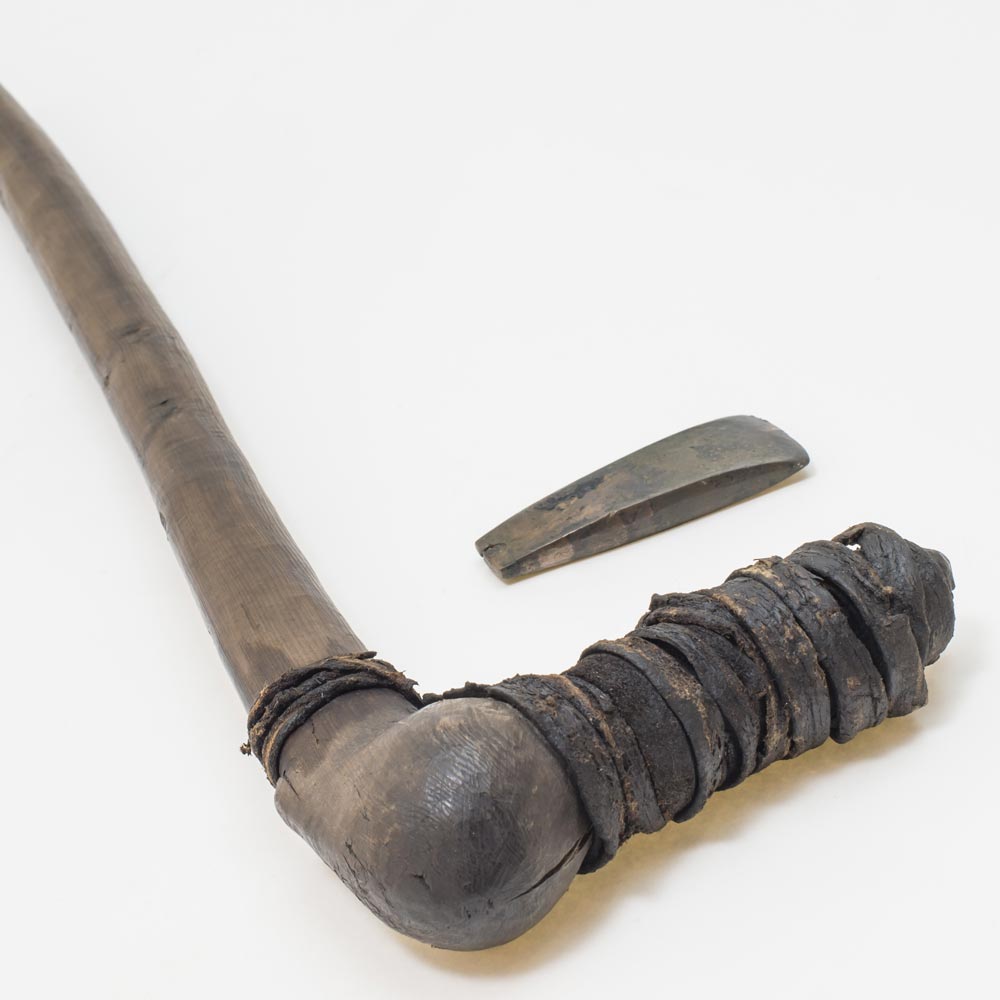
Manufacturing marks and signs of use on the axe blade
The Iceman’s axe is to undergo a new microscopic examination. The aim is to shed new light on the tool marks, for example the manufacture of the ridges and the pointed edge of the blade as well as the closure of the casting hole. The researchers will also focus on the signs of use, for instance, the impression of the angled haft on the neck of the axe blade and nicks on the blade.The project is carried out in cooperation with the Museum of Nature South Tyrol, Bolzano/Bozen, Italy.
Isotope analysis of the axe blade
Investigations have been performed on the origin of the copper that was used to fashion the Iceman’s axe. Analysis of the chemical composition and lead isotopes provided information about the site from which the raw material originated.Surprisingly, there was very little correlation between the copper in Ötzi’s axe and copper found in Alpine deposits, which had been extensively studied in preliminary groundwork. Rather, the origin of the copper ore from the Iceman's axe clearly points to Southern Tuscany. The results were published in July 2017, with a supplement in December 2017.
The project is carried out with the Department of Geo-sciences, University of Padova, Italy.
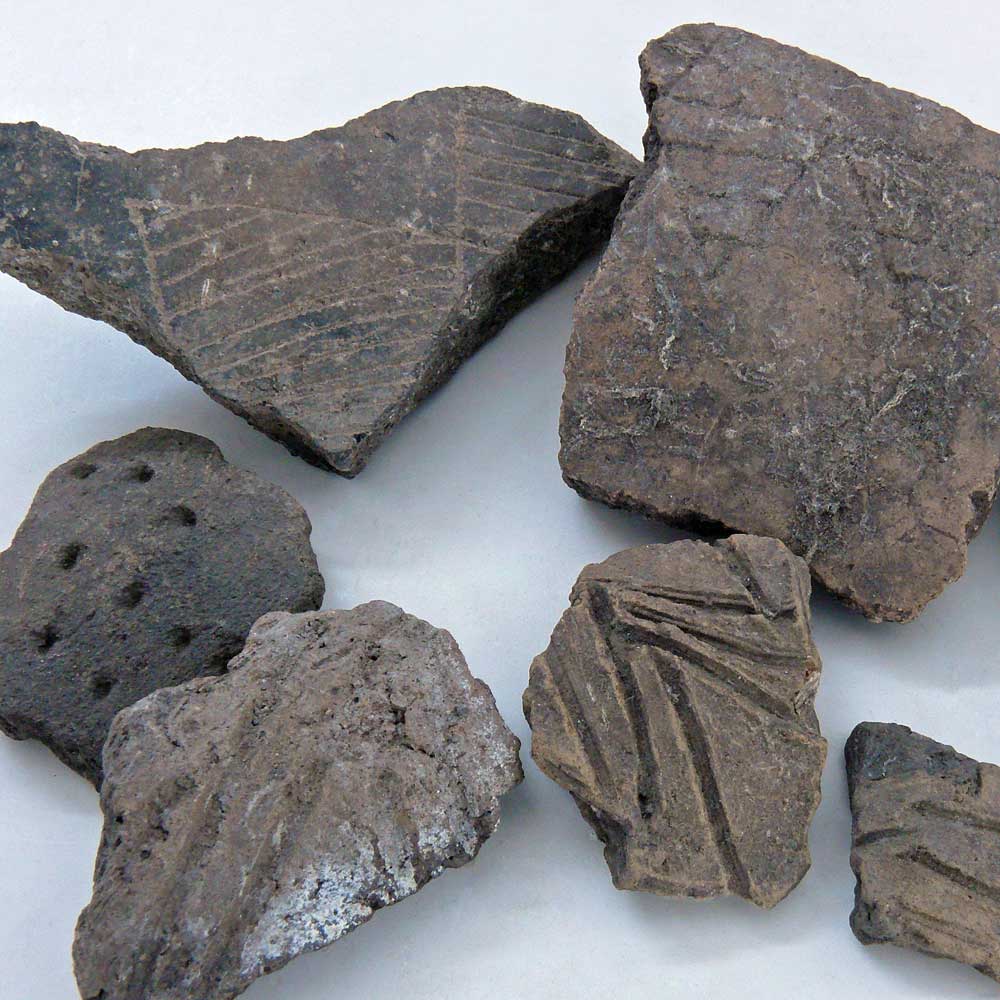
Schnals – The high mountains as an economic and interactive area for prehistoric village communities
This interdisciplinary research project aims to reconstruct how pastoral economies and highland agriculture functioned during the Bronze and Iron Age. It also aims to determine if the high mountains were territorially divided by settlers from Vinschgau (only in Schnals Valley).
In recent years, archaeological investigations have been carried out at the entrance to Finailtal Valley and in Penaudtal Valley. In addition to sites from the middle Bronze Age (c. 1500 BC), structures from the Bronze and Iron Age were also found to have been used seasonally in the side valleys of Schnalstal, Finailtal, and Tisental. Schnals Valley’s seasonal usage during the Bronze Age originated from Vinschgau and now it is important to determine which Bronze Age settlements were involved. Petrographic investigations of ceramic fragments from the Schnals high mountains and from settlements in Vinschgau should help to shed light on the valley’s development.
In the past year surveys of the entire Schnals Valley revealed 13 more promising sites (4000 – 300 BC), some of which are being investigated in archaeological excavations. Up until now the only sites that had been known in this area were those that had been frequented by Mesolithic hunters.
Interdisciplinary cooperation with palaeobotany (testing of pollen and macro-remains), archaeozoological investigations, and petrographic analyses of ceramic remains allowed conclusions to be drawn about the settlement and subsistence strategies.
The research project is intended to last three years (2018-2020). It is a collaborative effort between the South Tyrol Museum of Archaeology, the Office of Archaeological Heritage of the Autonomous Province of Bolzano/South Tyrol, the Institute for Botany at the University of Innsbruck, and the Office of Geology and Building Materials of the Province Bolzano/South Tyrol.
Project management: Dr. Andreas Putzer, South Tyrol Museum of Archaeology.
Previous publications on the topic:
Putzer, A.: Eine prähistorische Almhütte am Schwarzboden im Maneidtal (Südtirol). In: Arch. Austriaca, Band 93 (2009) 33-43;
Festi, D. / Putzer, A. / Vannière, B. / Oeggl, K.: The role of transhumance in the Inner Alps at the time of the Alpine Iceman. In: Journal of Alpine Geology 52:109 (2010);
Putzer, A.: Finailgrube. In: Denkmalpflege Jahresbericht (2010) 208-209;
Putzer, A.: Jochwiese. In: Denkmalpflege Jahresbericht (2011) 184-185;
Putzer, A.: Von Hirtinnen und Bernstein – Prähistorische Weidewirtschaft im Schnalstal. In: Arch. Korrespondenzblatt 42 (2012) 153-170;
Putzer, A.: Königinnen der Almen – Prähistorische Weidewirtschaft im Schnalstal. In: Der Schlern 87 (2013) 3-31;
Putzer, A.: Finailhof. In: Denkmalpflege Jahresbericht (2013) 295-296;
Festi, D. / Putzer, A. / Oeggl, K.: Mid and late Holocene land-use changes in the Ötztal Alps, territory of the Neolithic Iceman “Ötzi”. In: Quaternary International (2013) 1-17;
Putzer, A.: Nicht nur Ötzi – Neufunde aus dem Tisental. In: Prähistorische Zeitschrift, Band 89/1 (2014), 55-71;
Putzer, A. / Festi, D. / Edlmair, S. / Oeggl, K.: The development of human activity in the high altitudes of the Schnals Valley (South Tyrol/Italy) from the Mesolithic to modern periods. In: Journal of Archaeological Science: Reports 6 (2016) 136-147;
Putzer, A. / Festi, D. / Oeggl, K.: Was the Iceman really a herdsman? The development of a prehistoric pastoral economy in the Schnals Valley. In: Antiquity 90 350 (2016) 319–336;
Putzer, A.: L’importanza del territorio di alta montagna per le comunità preistoriche – Il caso di studio “Val Senales”. The role of high alpine landscape for prehistoric communities – The case study Schnals. INCONTRI ANNUALI DI PREISTORIA E PROTOSTORIA, 7 (2019), 38-40;
Oeggl, K. / Festi, D. / Putzer, A.: The onset of alpine pastoral systems in the Eastern Alps. In: IEMA. In Druck.
Putzer, A.: Schnals - Prähistorische Nutzung eines Hochtales. In: Hye, S. / Töchterle, U. (eds.): UPIKU:TAUKE. Festschrift für Gerhard Tomedi zum 65. Geburtstag. Universitätsforschungen zur prähistorischen Archäologie, Band 339, Universität Innsbruck. Bonn (2019) 469-482;
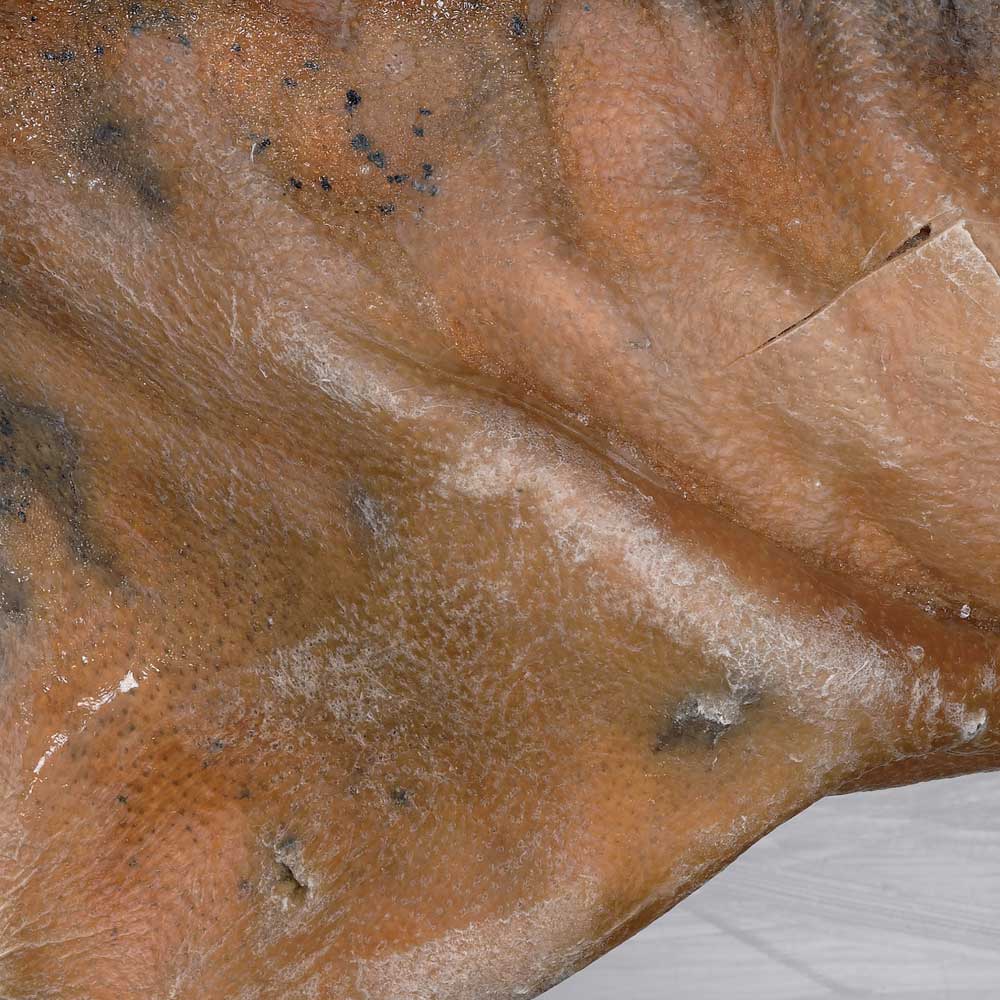
Forensic analysis in cooperation with Munich Police Headquarters
Numerous examinations have been performed since the Iceman was first discovered in 1991. A milestone in the history of research into the Iceman was the discovery of an arrowhead embedded in his left shoulder, which has shed new light on his story: the fact that Ötzi was murdered. The aims of the forensic analysis are to draw up a profile of the perpetrator, analyse the circumstances surrounding the Iceman’s death and possibly determine the murder motive.First results have been released in September 2016.
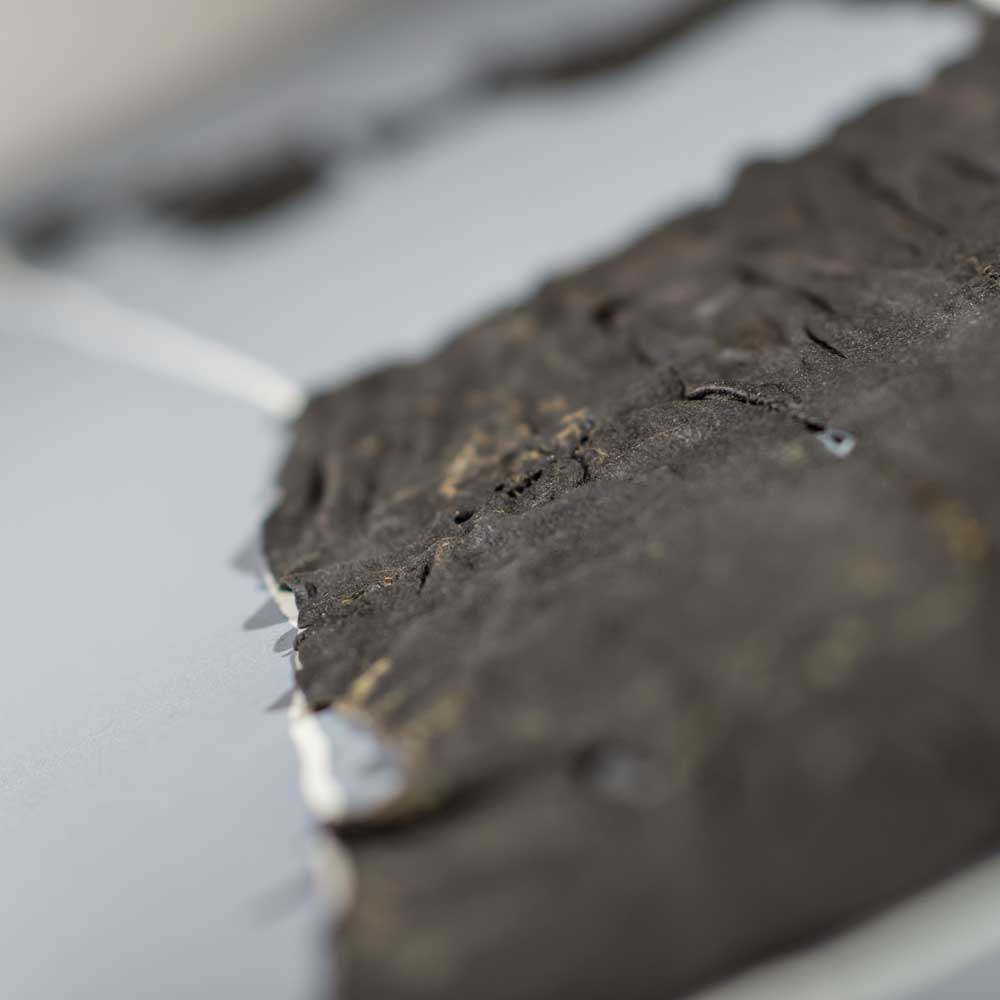
Determining the leather and hide samples found with Ötzi
We know to a large extent which animals provided the hide and leather types discovered with the Iceman, but new research methods have permitted numerous corrections. Up until now, all skins and leather samples have been macroscopically determined by animal experts, while identification tests on a protein basis have also been carried out. For some samples it was possible to determine the animal family, but not the exact species. To confirm the first results from the University of Saarland (Germany), therefore, the DNA of all leather and fur samples from Ötzi has been examined in collaboration with the laboratory of the EURAC Institute for Mummy Studies in Bolzano.The results have been published in August 2016.
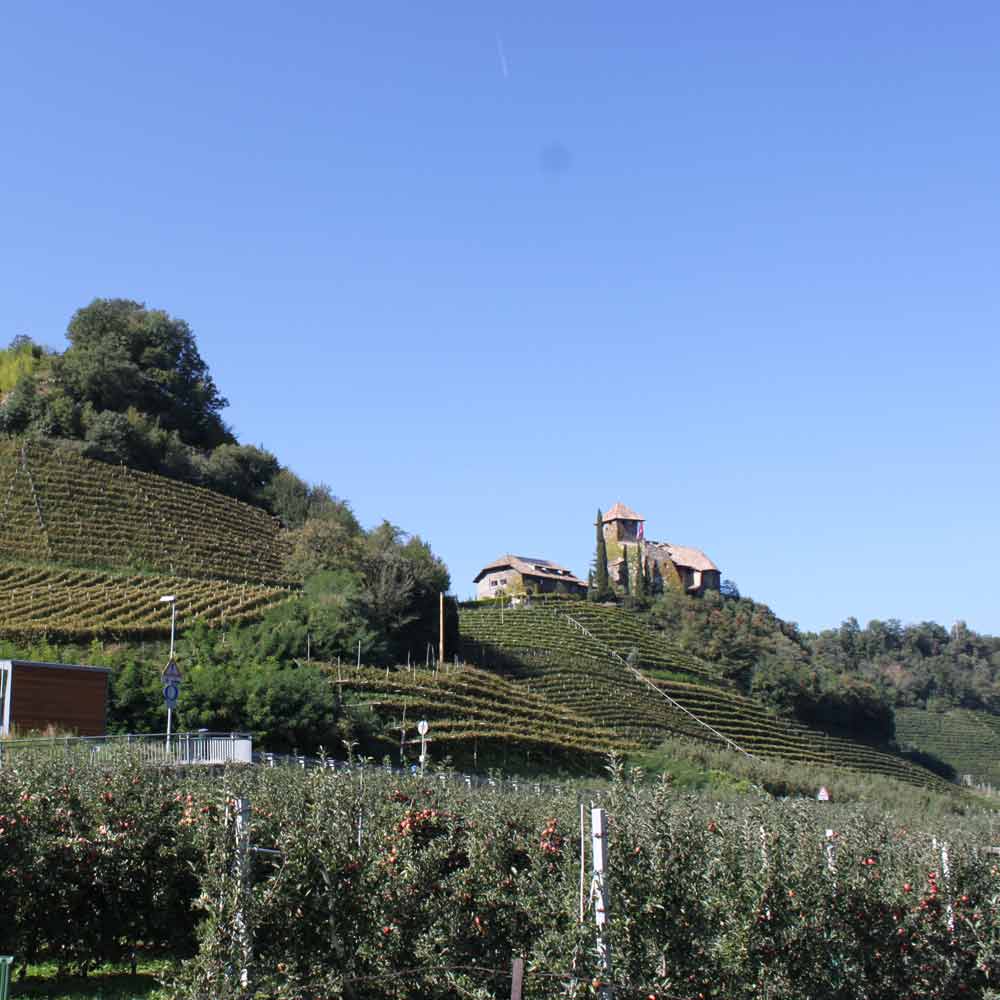
Archaeology in the Überetsch region
This project summarises the results of the archaeological investigations in the Überetsch region. A concluding publication gives an overview of the period of the settlement from the Middle Stone Age to the Early Middle Ages and presents the most important places of discovery and finds from the Überetsch region. The intention is to process and publish as fully as possible all existing accessible collection items. The finds originate from the Office for Archaeological Heritage, the South Tyrol Museum of Archaeology, the Bozen Municipal Museum, the von Mörl collections in Eppan/Appiano, the Ferdinandeum (Tyrolean regional museum) in Innsbruck (Austria) and the Museo del Buonconsiglio in Trento.
The project manager is Dr Günther Kaufmann, archaeologist at the South Tyrol Museum of Archaeology.
The results have been published in February 22, 2016.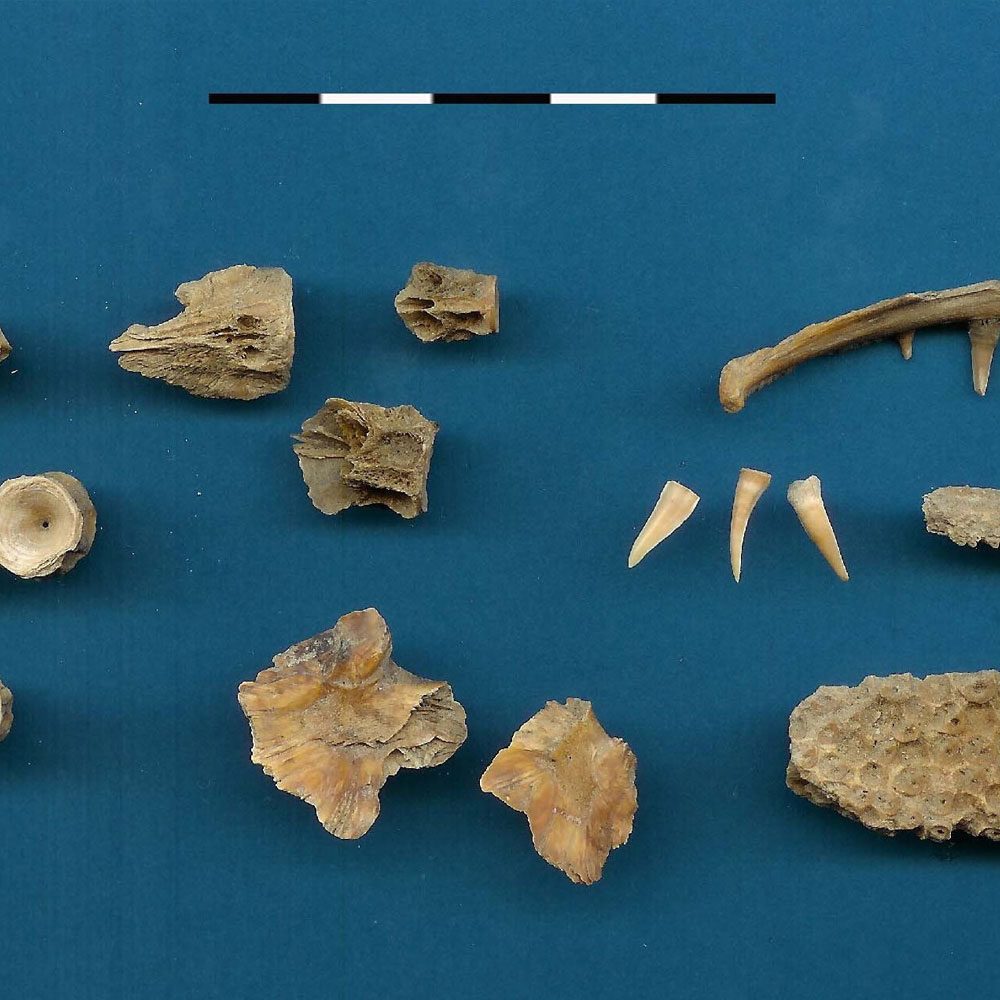
Life at the water’s edge: Mesolithic settlement in Salurn
Between 8,400 – 7,500 B.C., in the Middle Stone Age, the Galgenbühel hill in Salurn was visited numerous times by groups of hunter-gatherers. This is shown by the discovery and excavation in 1999-2002 of places were fires had been lit under a small rock roof. Numerous archaeological finds were made and, as part of the project “Life at the water’s edge. Resources, technology and mobility in Mesolithic times using the example of the Galgenbühel site in Salurn (South Tyrol)”, these finds underwent review. The investigations aimed to learn about the way of life of the Mesolithic population of the Etsch Valley and the reciprocal effects of the prevailing environmental conditionsThe body responsible for the project is the South Tyrol Museum of Archaeology, partnered by the Office for Archaeological Heritage of the Province of Bozen, with archaeologist Ursula Wierer responsible for its coordination. The project has been financed with the support of the Regional Office for Educational Opportunities, University and Research of the Autonomous Province of Bozen.
The results have been published in several scientific journals:
Quaternary International 330, Quaternary International 423 (143-165), Quaternary International 423 (102-122), Preistoria Alpina 48, Nature Ecology & Evolution.
